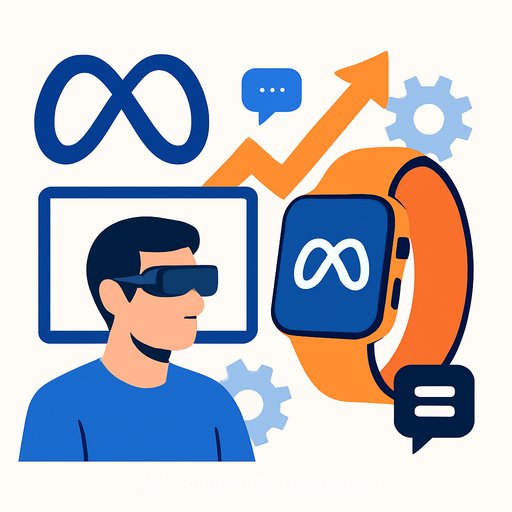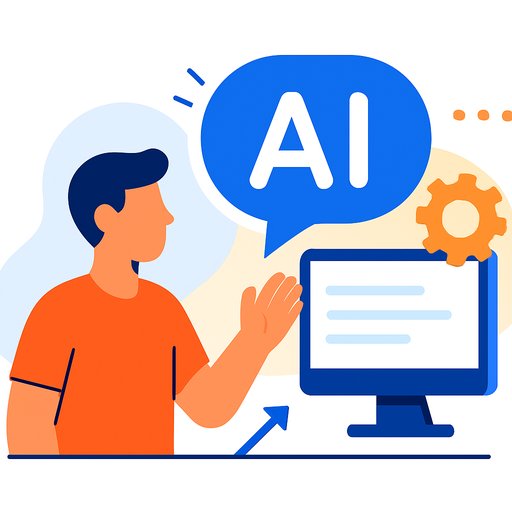Humanoid Robots That Learn on the Line: What AgiBot Signals for Manufacturing, IT, and Product Teams
AgiBot, a Shanghai-based humanoid robotics company, is training two-armed robots to perform manufacturing tasks using human guidance and real-world practice on live production lines. The promise is simple: flexible machines that can pick up new work like a trainee-then repeat it with consistency.
If this approach holds, physical labor in factories-especially in China's high-mix, high-volume environments-could look very different over the next few years.
Why this matters
- Flexible automation: Robots that learn from people reduce the need for brittle, task-specific programming and complex fixtures.
- Faster changeovers: New products or variants can be taught rather than coded from scratch.
- Labor dynamics: Useful where turnover is high or repetitive tasks are hard to staff.
- Quality and consistency: Human-taught procedures can be executed with robot-level repeatability.
How the training loop likely works
- Human-in-the-loop teaching: Operators demonstrate tasks via teleoperation or guided motion. The robot records video, force, and trajectory data.
- Imitation learning: Models learn policies from these demonstrations, turning examples into repeatable routines.
- On-line refinement: The robot practices on the line, with humans correcting mistakes to improve performance on tricky edge cases.
- Continuous updates: New parts or deviations trigger quick re-teaching, not full reprogramming.
What to prepare across teams
Operations
- Start with low-variance tasks: kitting, screwdriving, simple assemblies, machine tending.
- Define success upfront: cycle time targets, first-pass yield, uptime, safety gates.
- Plan fixtures and flow so a human can safely step in to demonstrate or correct.
Engineering
- Select grippers and end-effectors that tolerate part variance; consider force/torque sensing.
- Standardize part presentation: trays, nests, or bins that reduce ambiguity.
- Add lighting and fiducials if vision needs a boost.
IT / Data
- Capture and store demonstration data securely (video, telemetry, force). Set retention and access policies.
- Prepare an edge GPU box and a simple MLOps path for model updates and rollbacks.
- Segment networks and monitor latency; real-time control is unforgiving.
Product / Program
- Time-box a pilot (90 days). Limit scope to 1-2 tasks, one shift, one cell.
- Agree on ROI math: integration + training time vs. labor saved and throughput improved.
- Line up change management and operator incentives; participation drives better training data.
A practical 90-day pilot plan
- Weeks 0-2: Task selection, risk assessment, fixture and end-effector design, safety review.
- Weeks 3-6: Human demonstrations, data collection, initial model training in a sandbox cell.
- Weeks 7-10: Supervised runs on the live line, correction loops, and nightly model updates.
- Weeks 11-12: KPI audit (success rate, cycle time, FPY, downtime), decision on scale-up or iterate.
Metrics that actually matter
- Task success rate (by variant)
- Cycle time and variability vs. human baseline
- First-pass yield and rework rate
- Uptime/MTBF and intervention frequency
- Cost per completed task, including training time
- Learning curve: demos required to reach target success
Risks and how to mitigate
- Safety: Use light curtains, speed/force limits, e-stops, and clear handover protocols.
- Model drift: Schedule periodic revalidation; keep a known-good policy for instant rollback.
- Edge cases: Maintain an "exceptions" buffer lane to avoid blocking the line.
- Data/IP: Mask sensitive visuals, restrict data export, and audit vendor access.
- Workforce adoption: Communicate early; turn operators into trainers, not casualties.
- Vendor lock-in: Prefer open interfaces and exportable policy formats.
What this signals for China-and everyone else
As learning-based robots take on real factory work, the barrier to automating variable tasks drops. That doesn't erase jobs; it shifts them toward supervising, teaching, and maintaining systems that learn.
The countries and companies that win will be the ones that turn shop-floor expertise into reusable training data and fast deployment cycles. Start small, measure hard, and build the capability in-house.
International Federation of Robotics publishes useful benchmarks and adoption trends if you need context for planning. For teams upskilling in AI-for-automation workflows, browse practical courses here: Automation resources and courses by job role.
Your membership also unlocks:










